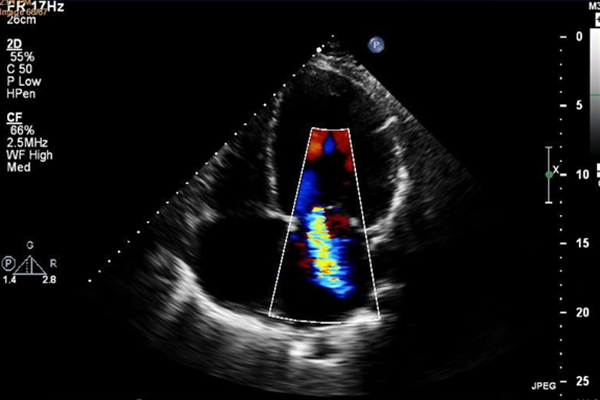
“With the use of endomyocardial biopsies, the team hopes to treat viruses unique
to Southern Africa, as well as other underlying causes of dilated cardiomyopathy.”
Photo: iStock
Members of the University of the Free State’s (UFS) Cardiac team had various achievements at national and international level this year. The Robert WM Frater Cardiovascular Research Centre in the Faculty of Health Sciences has commenced with a pioneering research project regarding idiopathic dilating cardiomyopathy.
With an Afrocentric research focus, Prof Francis Smit, Head of the Department of Cardiothoracic Surgery at the UFS and Head of the Frater Centre, describes dilating cardiomyopathy as a heart muscle disease that is quite common, particularly among people of African descent. The disease weakens the heart muscle, which in turn leads to heart failure.
“To date there is no curable treatment for this condition, and 50% of patients who have shown heart failure, died within a period of five years. The causes of this condition have been unknown in the majority of patients. But over the past few years major strides have been made, where virus infections of the heart muscle, or myocarditis, have been identified as a possible underlying cause. Various genetic diseases are also linked to it,” says Prof Smit.
According to Prof Mokoali Makotoko, Head of the Department of Cardiology, more than 1 500 new cases of heart failure are identified at the Universitas Academic Hospital annually, of which approximately 30% are attributed to cardiomyopathy. “With the use of endomyocardial biopsies, the team hopes to treat viruses unique to Southern Africa, as well as other underlying causes of dilated cardiomyopathy.”
The study is a project that flows from Prof Makotoko’s PhD. The project is being run with Prof Heinz-Peter Schultheiss of the Charité University and the Institute for Cardiac Diagnostics and Therapy in Berlin, Germany.
"More than 1 500 new cases of heart failure are identified at the Universitas Academic Hospital annually, of which approximately 30% are attributed to cardiomyopathy."